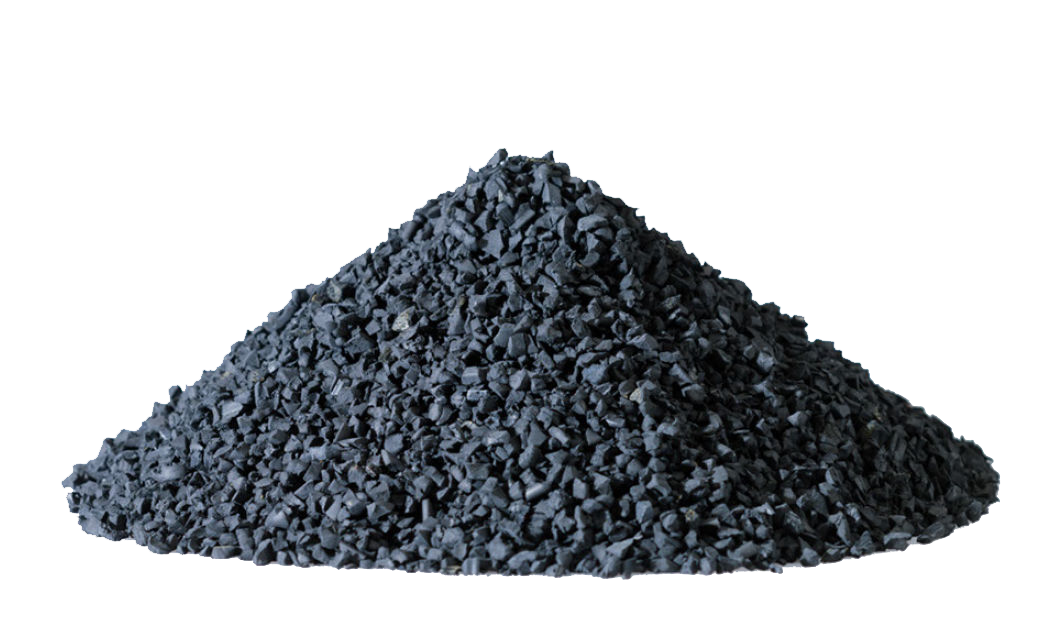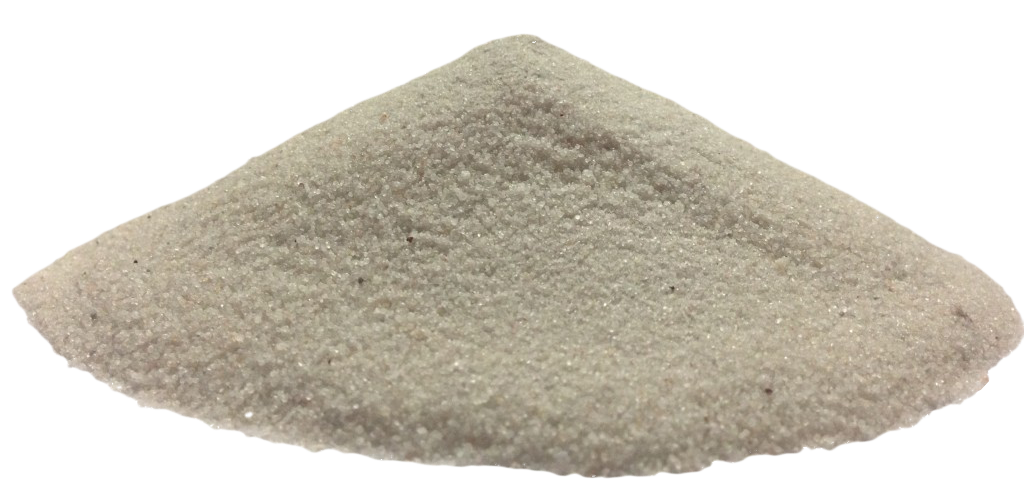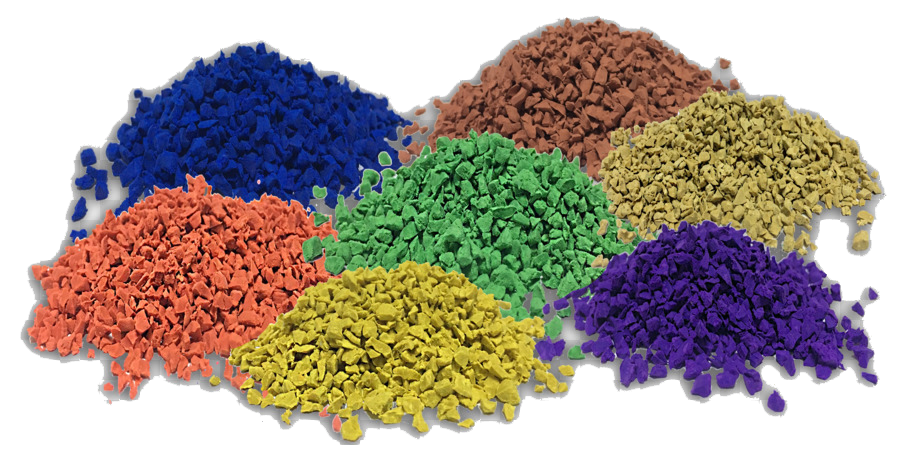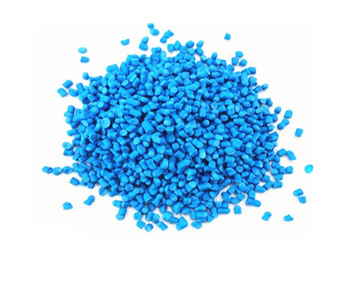Happiness can be found even in the darkest of times, if one only remembers to infills the light on it
Happiness can be found even in the darkest of times, if one only remembers to infills the light on it
Yes, artificial grass should have infill whether its kiln-dried silica sand, an acrylic based infill designed to eliminate pet odours, or a combination of both. All the benefits like extending the life of the turf and giving the grass a fuller look far outweigh the only negative which is the increased cost. With an average cost of under a dollar per square foot for artificial grass infill it's well worth it.
There are some turf manufacturers and companies claiming that their turf doesn't require infill. Unfortunately this is probably an attempt to gain business by quoting a low cost while sacrificing performance, quality and longevity. Products marketed as non-infill artificial turf are manufactured with a thicker thatch under layer but they still require infill to perform properly.
Artificial turf infill is recommended for any synthetic grass installation. In basic terms,
infill is the substance the installers put in between the blades. It fills in the space between
the grass blades and has several other functions as well.Infill makes the yard springy, which
makes it more comfortable for children and pets to playon.
"Infill protects the artificial turf's foundation, so it helps your synthetic lawn last
longer.
"Infill provides drainage.
"Infill helps the aesthetics of your turf by keeping the blades upright.
Whether you use a kiln-dried silica sand for artificial grass or an acrylic based organic infill
you will be insuring your turf stays beautiful while
protecting your investment for many years. In addition to helping eliminate static shock and
preventing weeds from growing in your turf you can count on the
following benefits to using infill.
1. Prevents Rippling - Artificial grass can expand and contract as temperatures fluctuate. The
hot summer sun can cause turf to expand several inches and cold temperatures can cause it to
contract. This inevitably causes movement of the turf on top of the sub layer that can
potentially lead to ripples and ridges if it's not weighed down and fastened properly.
2. Holds the Turf in Place - The weight of the artificial grass infill is approximately one
pound per square foot or five kilograms per square meter. If the infill is spread evenly, the
weight is distributed over the entire artificial turf area and provides the added assurance that
the turf won't move or slide over time. This is of greater importance if the turf isn't edged by
concrete, a brick pathway or landscape edging.
3. Keeps Turf Cool - The sun can heat some types of artificial turf up to the point that they
are uncomfortable to walk on in bare feet. Artificial grass infill acts as a temperature
regulator and keeps grass cooler than if you don't use infill.The backing of most artificial
grass is black or dark green and will retain a lot of heat in the summer. Adding a light colored
artificial grass infill sand creates a heat reflecting layer that keeps the turf cool by
repelling heat.
4. Protects Fibers and Backing -In addition to keeping the grass fibres standing up straighter
and more resistant to wear and tear, infill protects the turf backing. The grass blades are most
susceptible to damage at the base of the blade where they tie into the backing. Artificial grass
infill that is applied properly will sit along the base of the backing to provide a protective
barrier.While everyday wear like foot traffic, rain and snow should never damage the turf there
are instances where the turf is subjected to increased wear.
5. Improves Drainage - The backing of all quality artificial turf is punched with holes to allow
for drainage. The holes allow water to drain through to the sub layer under the turf backing
where it's further dissipated out of sight. An adequate infill layer will allow for water, pet
urine and rain to drain through at a more regulated rate.




